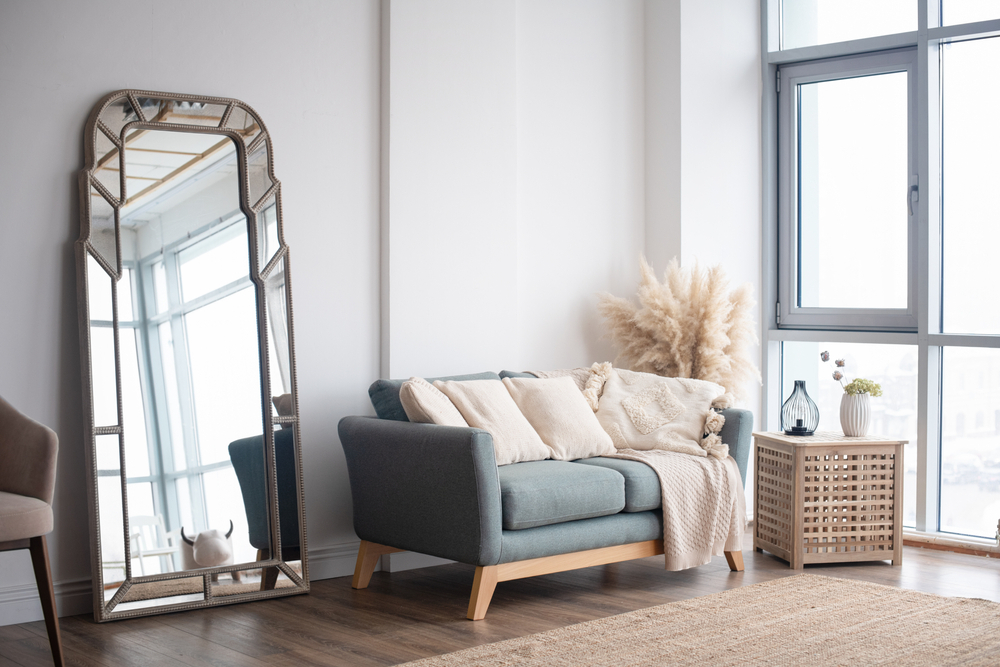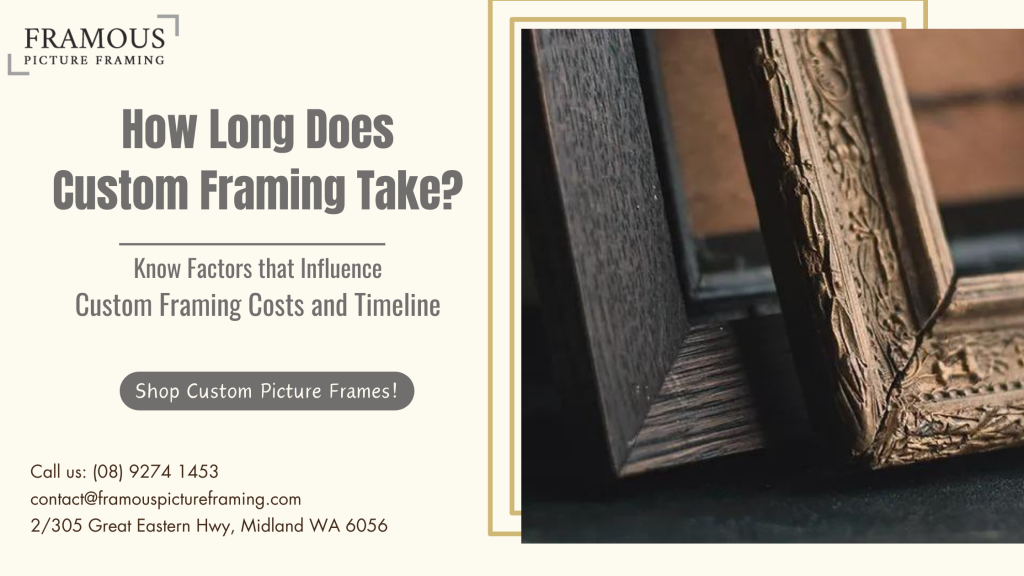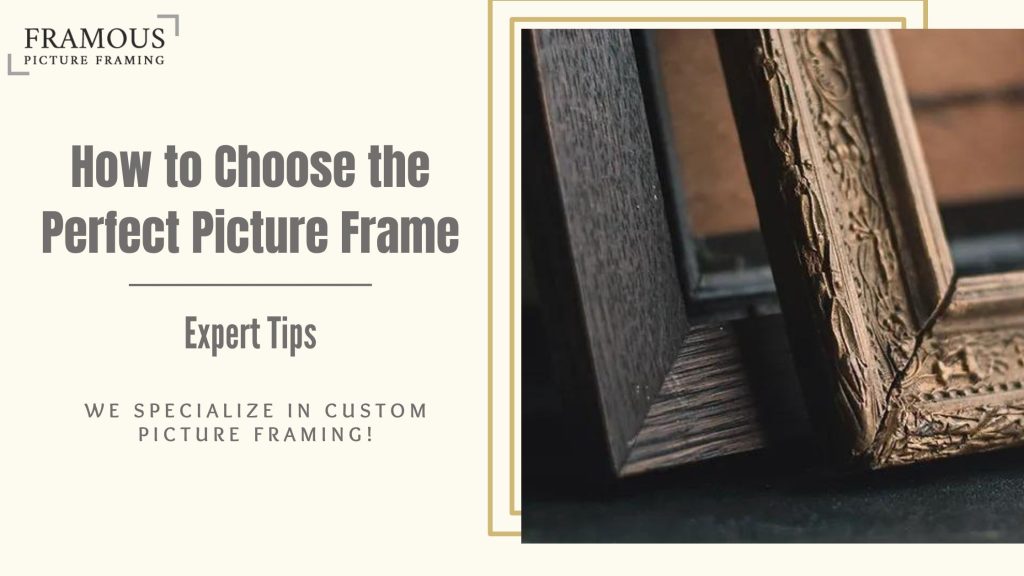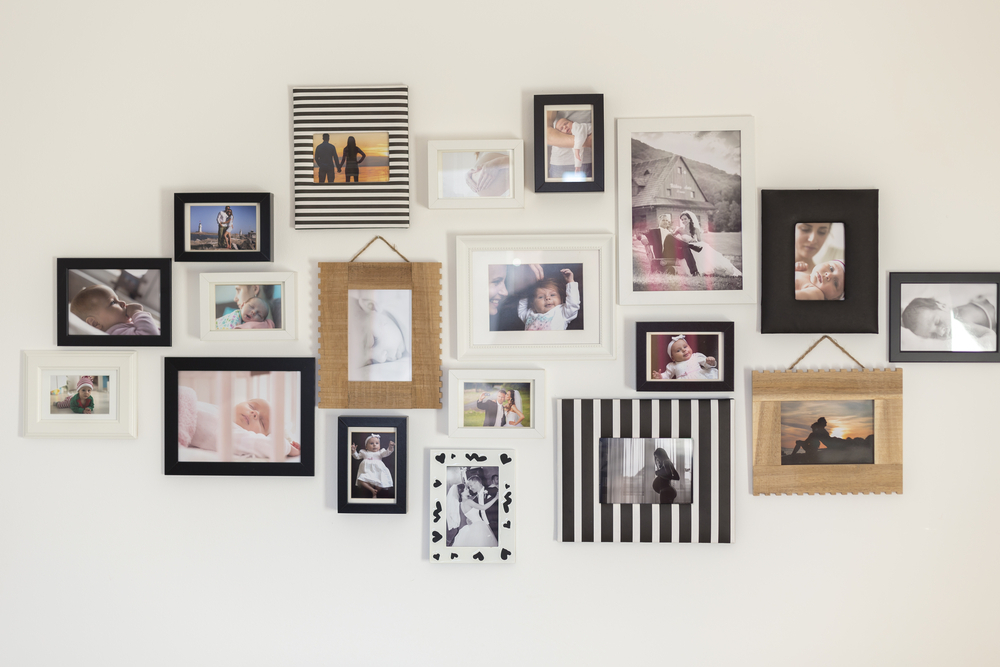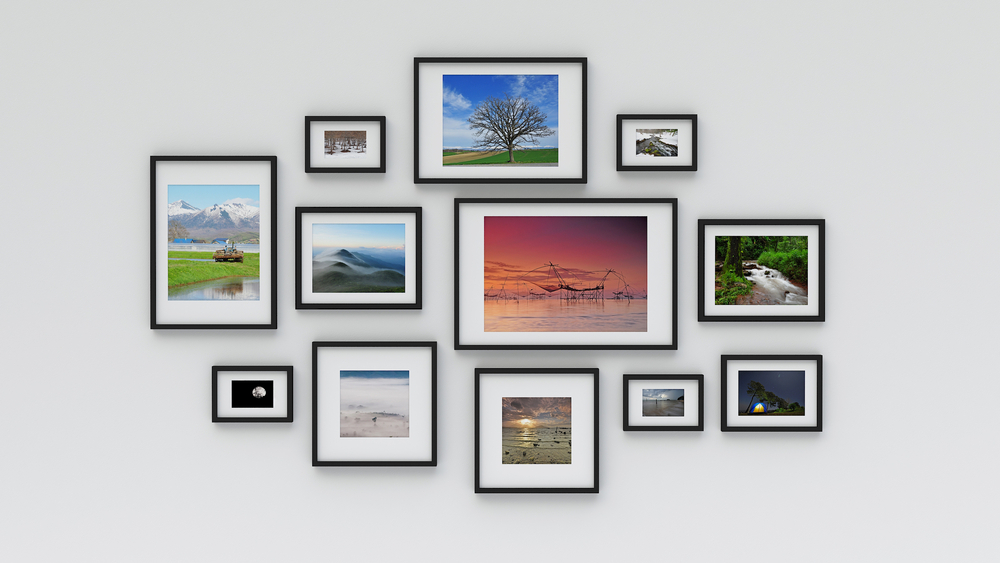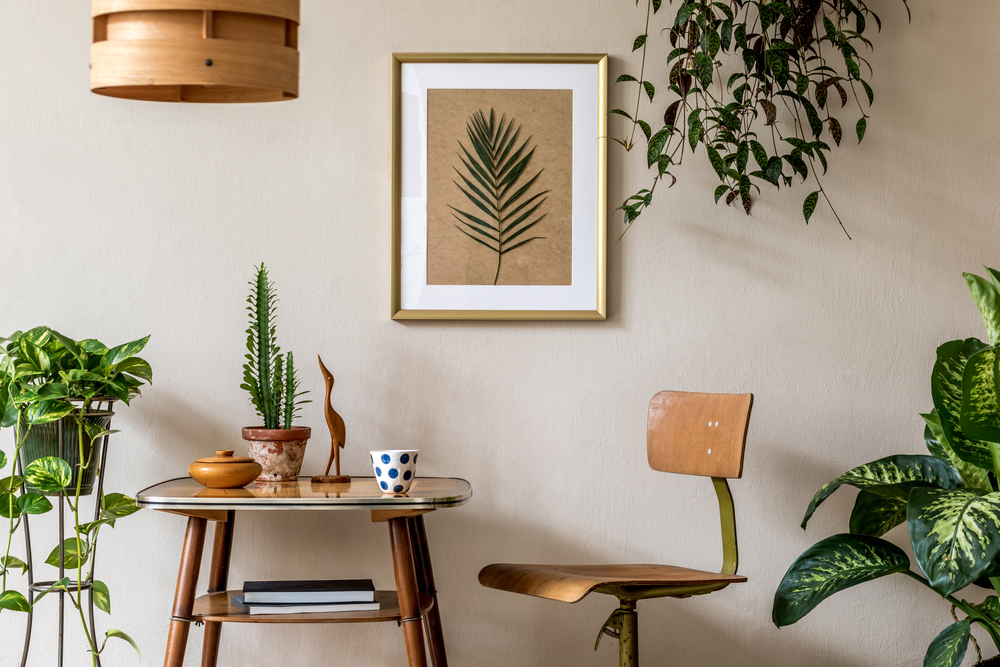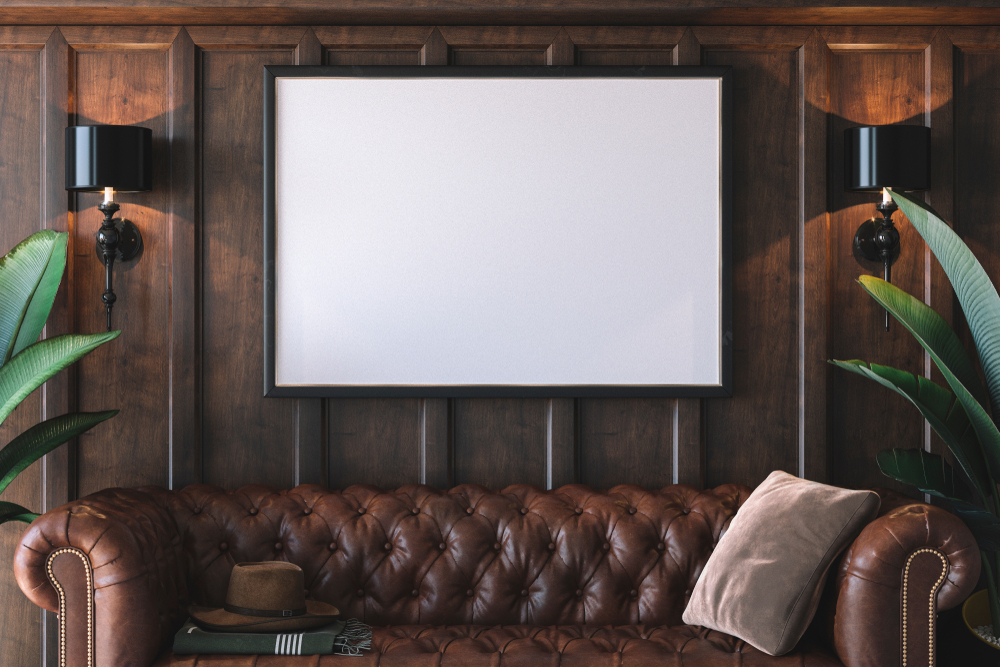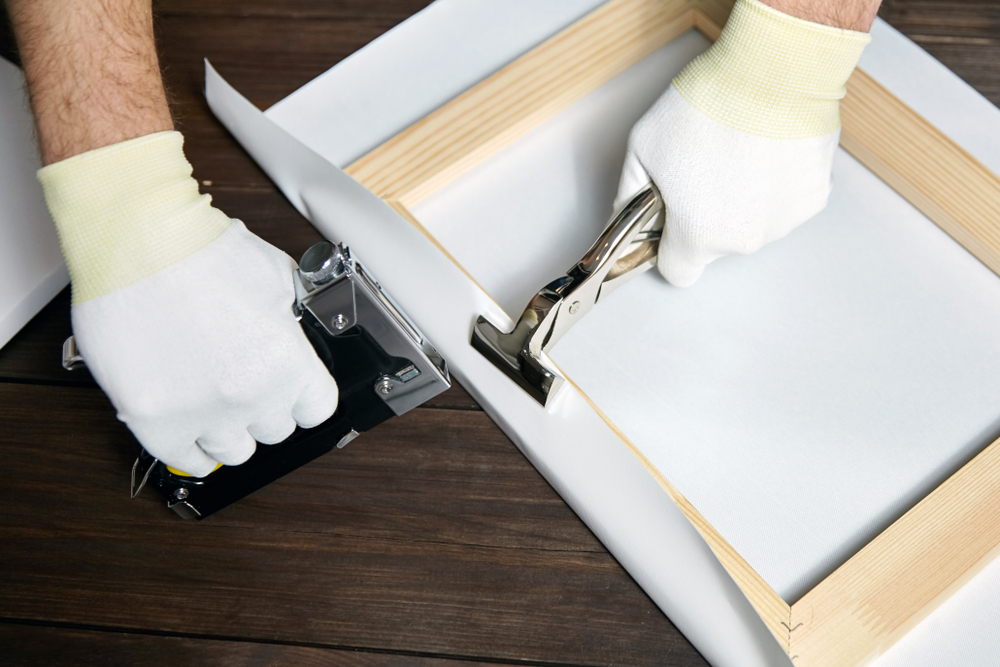Why Is a Custom Picture Frame Better Than a Normal Frame?
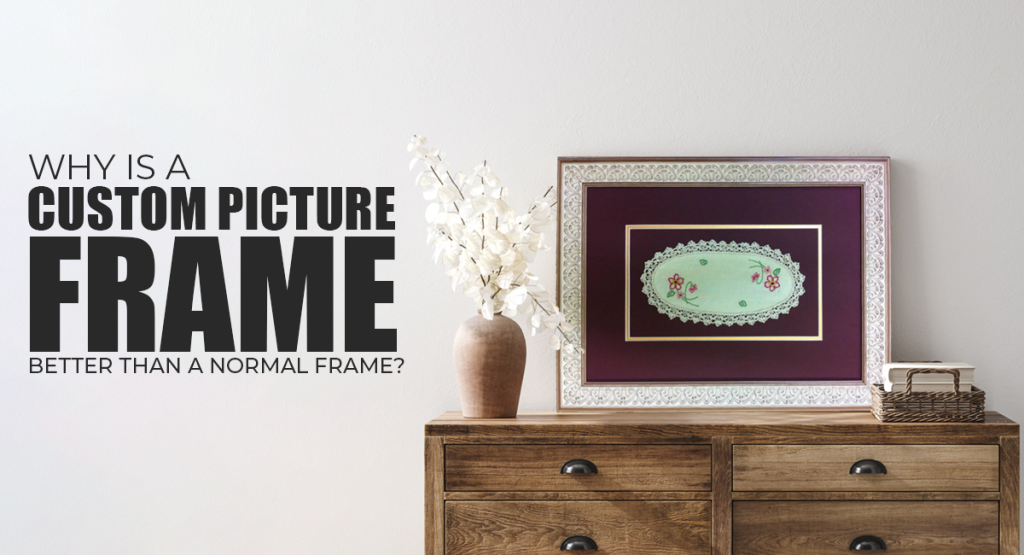
In a world where first impressions matter, your artwork deserves more than a run-of-the-mill frame. It deserves to stand out, captivate, and tell its story in style.
While a standard frame may be your first choice, a custom picture frame transcends mere functionality, upgrading your artwork to a whole new level.
From museum-quality materials to personalized finishes, a custom offers unparalleled quality and attention to detail, ensuring your memories and artwork are showcased in the best possible light.
Let your memories and artistry shine bright with a custom frame that is as unique as you are.
Want to know more before making a decision? Read on to learn more about custom picture frames.
What Is a Custom Frame?
A custom frame is tailor-made just for your specific artwork. With a custom frame, you have control over every little detail. From the type of wood and finish to the color and style, it’s all up to you. Want something sleek and modern? No problem! Prefer a rustic, weather look? You got it! You can even choose special features like UV-protective glass to safeguard your artwork from harmful rays.
But it’s not only about looks. Custom frames are also about preservation. They protect your artwork and keep it looking fabulous. They provide proper support and backing, preventing warping or damage, and can maintain the integrity of delicate materials.
Plus, let’s not forget the wow factor. A custom frame adds that extra touch of elegance and sophistication, elevating your artwork from ordinary to extraordinary. It’s like putting the cherry on top of an already delicious sundae!
Custom frames don’t come cheap; they are quite the investment, but with the higher quality of materials and expert craftsmanship, you get what you pay for.
What Is an Off-the-Shelf Frame?
Have you ever walked through an art supply store and stumbled upon the picture frame section? Those frames you see already assembled and ready to hold your pictures? The standard frames you see in every home you go? Those are called off-the-shelf frames.
They are pre-made frames that you can buy right then and there, with no customizations necessary. They come in all shapes, sizes, styles, and materials, from classic black to ornate gold, from wood to metal. Whether you need a frame for a tiny snapshot or a large poster, there’s likely an off-the-shelf option that fits the bill.
Differences Between a Custom Frame and an Off-the-Shelf One
Whether you are looking for a frame as unique as your artwork or need a quick solution to get your piece on the wall, custom and off-the-shelf frames have pros and cons. Take a look at the table below to break it down even further:
| Custom Frames | Off-the-Shelf Frames |
| With custom framing, you have limitless design options. You choose the materials, colors, finishes, and styles to complement your artwork or photograph. | These frames come in standard sizes and designs. While you may find a variety of styles and colors, your choices are limited to what’s available in the store. |
| Your artwork dictates the size and shape of the frame, ensuring a perfect fit. This is particularly advantageous for non-standard sizes. | You might need to compromise on the fit by trimming your artwork to adjust to the frame. |
| You have control over the quality of materials used, ranging from basic to museum grade. You can choose wood, metal, or even acrylic based on your preferences and the longevity you desire for the artwork. | Quality can vary, but these frames are made with standard material and may not offer the same level of longevity or protection. |
| Custom framing is more expensive because of its personalized nature and higher-quality materials. Prices start from at least $100. | These are more budget-friendly options, making them suitable for quick framing needs. |
| Crafting a custom frame takes a few hours to a week, as it involves consultation, design, and fabrication. Expect a longer turnaround time. | You can walk into a store and walk out with a frame within minutes, making them ideal for last-minute framing needs. |
Standard and Custom Frame Sizes
In Australia, standard frame sizes depend on the photograph’s dimensions and the space you want to include around it. Common sizes for photos are usually 4” x 6 “, 5” x 7”, or 8” x 10”. Here is a list of photo frame sizes in inches and millimeters.:
- 6” x 4” (152 mm x 102mm)
- 5” x 7” (127mm x 178mm)
- 8” x 10” (203mm x 254mm)
- 11” x 14” (279mm x 356mm)
- 16” x 20” (406mm x 508mm)
- 20” x 24” (508mm x 610mm)
Custom frame sizes depend on the size of your artwork. As long as you have those dimensions, a custom frame can be built around it with a mat border.
Pros of a Custom Frame
Custom frames offer several advantages over standard, off-the-shelf frames. Think of it like this: buying a custom frame is like tailoring a suit specifically for you, while a regular frame is like buying something off the rack.
Fit
First off, let’s talk about fit. Custom frames are tailored to your exact dimensions. You get to choose the materials, dimensions, and style, ensuring a perfect fit for your artwork. This means no awkward cropping or unsightly gaps.
Quality
With custom frames, you have more control over the materials used. You can opt for higher-quality woods, metals, or even specialty materials like museum-grade glass or archival matting. These materials not only look better but provide superior protection, ensuring your artwork stays pristine for years to come.
Style
Custom frames offer limitless design possibilities. Whether you want a sleek and modern look or a classic and ornate feel, you can tailor the frame to match your aesthetic preferences. You can also choose custom finishes and detailing adding an extra wow factor to your display.
Durability
Custom frames are crafted with more precision and attention to detail than mass-produced ones. This means tighter joints, sturdier construction, and better durability. Not only does your artwork look great, but it’s also better protected against wear and tear.
Personal Touch
When you invest in a custom frame, you are supporting artisans who take pride in their work. Each frame is made with care and attention to detail. Plus, you have the satisfaction of knowing that your frame was made only for you, adding a special touch to your display.
Make Your Artwork Stand Out With Framous Picture Framing
Elevate your artwork from mundane to magnificent with Framous Picture Framing!
Our custom frames are crafted with precision and passion, ensuring your cherished pieces receive the VIP treatment they deserve.
Whether it’s a priceless painting, a cherished photograph, or a sentimental keepsake, our expert artisans will work tirelessly to create a masterpiece of its own. With a wide range of materials, styles, and finishes to choose from, you can guarantee that your artwork will stand out from the rest.
So, why wait?
Transform your space, captivate your audience, and preserve your memories with Framous Picture Framing today!
Learn more about:
How long it takes to make a custom frame



